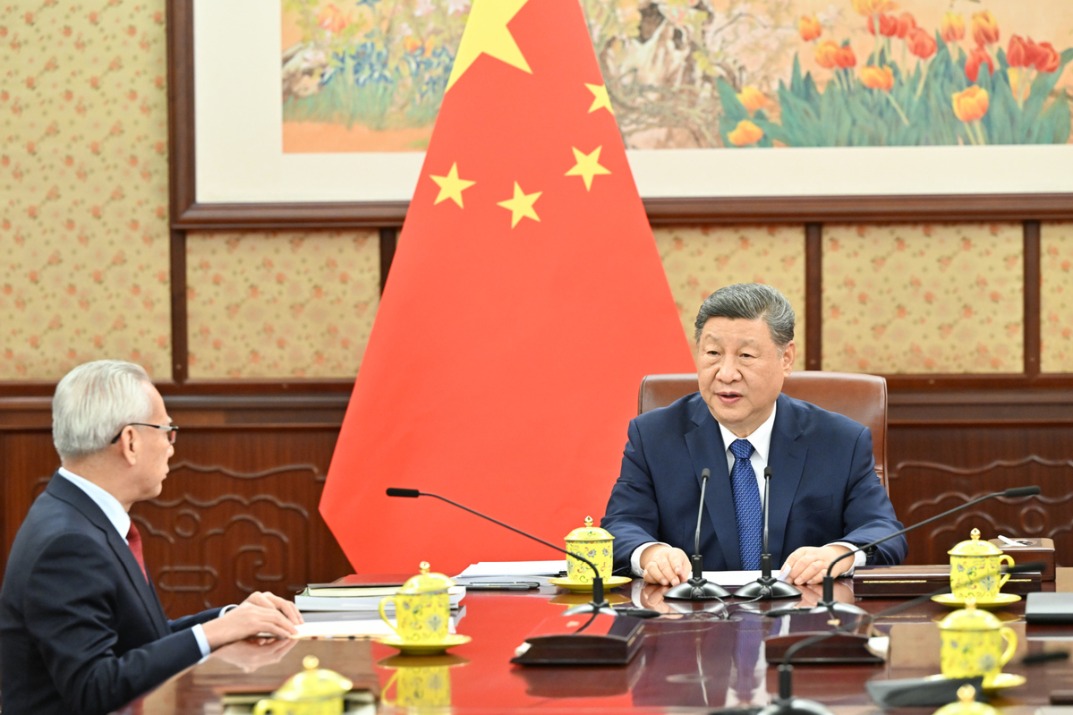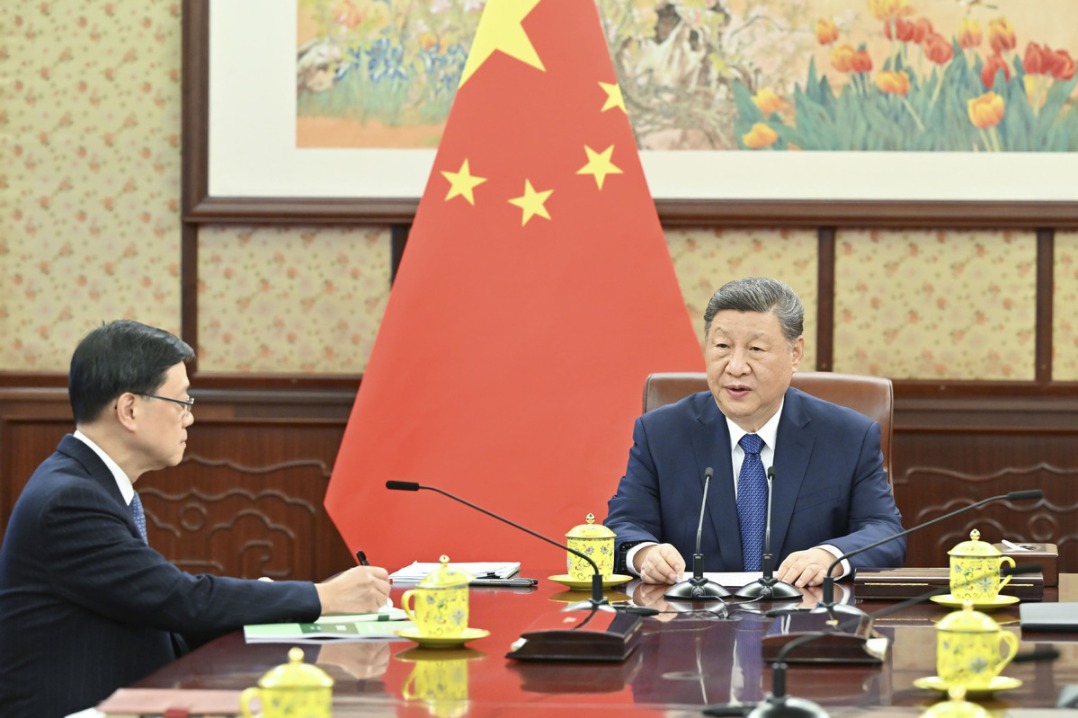Japan: Past, present and future
By Jon Braun | China Daily Hong Kong Edition | Updated: 2019-10-14 10:32


Equally for readers with limited knowledge of Japanese literature as it is for those well acquainted with various authors from the archipelago, The Penguin Book of Japanese Short Stories, edited by Japanese literary expert and long-time Murakami Haruki translator Jay Rubin, is a brilliant bookshelf addition – and a work that you'll revisit time and time again.
Among the most prominent authors familiar to non-Japanese audiences are Murakami, who contributes The 1963/1982 Girl from Ipanema (1982) and UFO in Kushiro (1999) as well as an insightful 22-page introduction, and Mishima Yukio, whose brutally beautiful and ever-shocking work Patriotism (1961) espouses a near-obsessive loyalty to the Japanese emperor and an eroticism in the ultimate act of seppuku (ritual suicide), which the writer himself carried out in 1970 after an attempted coup in Tokyo. Other familiar names in the anthology include Natsume Soseki, Tanizaki Junichiro, Kawabata Yasunari and Yoshimoto Banana.
However, with most stories and authors appearing for the first time in English, spanning the years 1898 to 2014, there's plenty to discover among the 35 works. Smartly organised by theme rather than date, the collection is separated into seven sections. "Japan and the West" kicks off with Tanizaki's 62-page novella The Story of Tomoda and Matsunaga, which seems a strange choice in terms of setting the pace, but things soon kick it up a notch.
The subsequent Loyal Warriors, Men and Women, Nature and Memory, Modern Life and Other Nonsense and Dread all deliver wonderful tales, with numerous highlights along the way including a pair of vastly different mother-and-daughter tales. Ohba Minako's pithy feminist parable recasts the Japanese folktale monster yamamba, an eerie old woman living in the mountains who eats humans, as a devoted modern-day wife and mother in The Smile of a Mountain Witch (1976). The youngest contemporary author in the anthology, Sawanishi Yuten, contributes the surreal, powerful Filling Up with Sugar (2013, published when he was just 27); its narrator is a woman caring for her mother, who has been afflicted with (the fictitious) systemic saccharification syndrome – in short, her entire body is gradually transforming into sugar.
But it's the ultimate "Disasters, Natural and Man-Made" section that has the most impact. Covering Japan's major earthquakes in 1923, 1995 and 2011, as well as the atomic bombings of the Second World War, Ota Yoko's Hiroshima, City of Doom (a chapter from her 1948 novel City of Corpses) may just move you to tears with her gruesome, harrowing first-hand experiences as a Hiroshima native on that fateful day in 1945. The anthology concludes with the 2011 nuclear meltdown, culminating in Sato Yuya's highly disturbing work Same as Always (2012), about a mother who makes an unconscionable decision about her baby in the aftermath of the Fukushima radiation – and which is likely to leave you shaken to your core.
Rubin assures readers that, rather than shooting for the big names, "all the works have been chosen because the editor has been unable to forget them, in some cases for decades, or has found them forming a knot in the solar plexus or inspiring a laugh or a pang of sorrow each time they have come spontaneously to mind over the years." He deserves to be lauded for curating this rich, rewarding selection – here's hoping it will spark a fresh wave of translated works and a rediscovery of the Japanese classics.
























